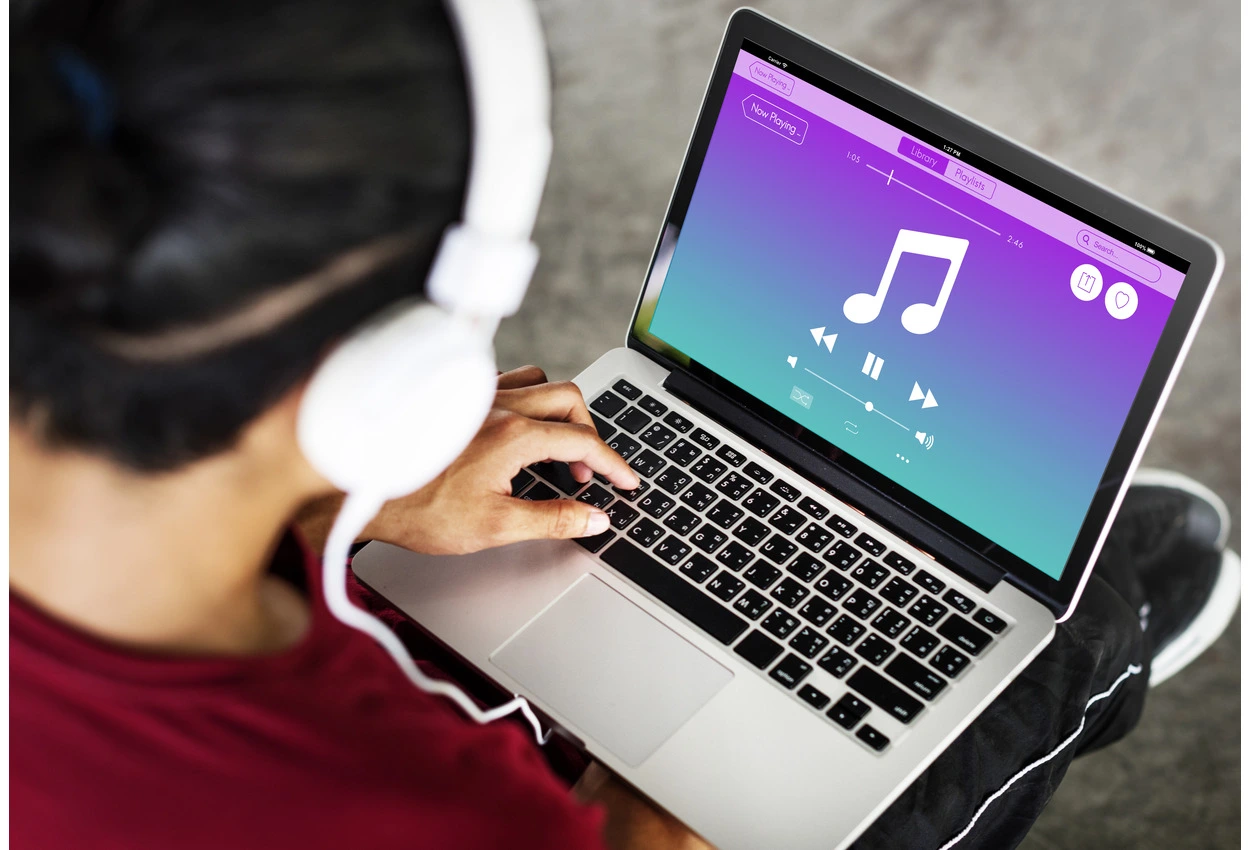In this ever-evolving world of communication, new words regularly emerge to describe the essence of our online interactions. One of them, which has become popular recently, is “Wachappe.” Perhaps you’ve wondered about its definition and use after encountering it in an online conversation or on social media. This colloquial term not only captures the essence of modern greetings, but also reflects deeper changes in our online social interactions. Wachappe is revolutionizing the way we say hello on the internet. Let’s explore its history, usage, and cultural influence.
Origin and Meaning of Wachappe
The rich tapestry of online exchanges, particularly on social media, gave rise to Wachappe. Young people were immediately drawn to its catchy melody and casual tone.
A contraction of “what’s up?” and “chat,” this name captures the spirit of informal greetings in online discussions. It shows how to start a conversation casually, making it more intimate and natural. The term “Wachappe,” like many slang expressions, transcends regional boundaries. Thanks to its adaptability to numerous languages and situations, it is now used in everyday conversations worldwide.
Its charm lies particularly in its ability to express friendship and warmth without lengthy speeches, as well as in its conciseness. Given the brevity of most online conversations, this characteristic makes “Wachappe” an ideal tool.
How “Wachappe” is used in everyday conversations
Especially among young people, “Wachappe” has become a common expression in everyday language. Used as an informal greeting, it demonstrates your friendliness and familiarity.
“Wachappe?” is a frequent way for friends to start a conversation via text message, rather than a formal greeting. A feeling of closeness is immediately established.
This digital language doesn’t just appear frequently in text messages; it’s also ubiquitous on social media. Users employ it to make their audience laugh and interact with them in a playful way.
A cheerful “Wachappe!” can pop up in a video conference even when no one is physically present. It creates a relaxed atmosphere right from the start.
Whether you’re chatting with close friends or casual acquaintances, Wachappe is ideal and helps you unwind thanks to its flexibility.
You might also be interested in: Plftiger
The Evolution of Digital Slang
The rise of digital slang has revolutionized our online communication. Our expressions evolve in step with technological advancements. A word or phrase, however strange, can become commonplace in an instant.
This change has accelerated with the proliferation of social networks. Thanks to Twitter’s character limit and the immediacy of messaging apps, short, effective phrases for communication have emerged.
Each decade brings its share of new words, from “LOL” to “brb.” Before the arrival of emojis in text messages, we could express ourselves in ways that words alone couldn’t.
Digital slang is also heavily influenced by cultural allusions. The constant evolution of language results from the multitude of new terms originating from memes.
Traditional media are constantly threatened by new generations, who are more open to these changes. These ever-evolving modes of expression reflect the frenetic pace of our digital lives and the richness of our cultural environments.
The Impact of Wachappe on Online Communication
In the realm of digital discourse, Wachappe has left an indelible mark. By offering alternatives to the classic “hello,” this digital slang energizes greetings.
Wachappe allows for instant connection. Informal yet rich in meaning, it puts users at ease and helps them relax.
Furthermore, it enriches conversations by personalizing them. The use of these words reflects broader linguistic and cultural shifts. A more relaxed and interactive style of communication is emerging.
Wachappe also helps bridge the generation gap. Its informal style appeals to young people, who find it entertaining, while older generations find it equally valuable.
This language helps bridge cultural divides by spreading through social media. Users can strengthen their online connections through It by sharing linguistic experiences that resonate with a broad international audience.
Examples of wachappe in popular culture
After expanding its use beyond simple greetings, It has become integrated into various aspects of popular culture. Characters in television series frequently use it to express a casual attitude. It’s a great way to start a conversation: modern and fun.
Even musicians have embraced the trend. Lyrics that include “wachappe” are memorable because they appeal to a younger audience. This endearing slang makes interactions feel more authentic and accessible.
Social media influencers often use “wachappe” in their videos and posts. They use it to interact with their audience and make their content interesting and engaging.
This digital language has even reached the realm of memes, where even the simplest phrases can go viral instantly. It continues to grow and gain followers from all walks of life thanks to these media.
Controversies Surrounding the Use of “Wachappe”
The meteoric rise of “Wachappe” has been marred by several controversies. Some believe the term dilutes the meaning of more conventional polite expressions, diminishing the importance of genuine human interaction by reducing conversations to mere banalities.
Others argue that colloquial terms like “Wachappe” contribute to generational divides. When young people use these expressions more frequently, older people may feel excluded from the conversation.
Its appropriate use has also sparked controversy on social media. While many use this slang daily, some consider it inappropriate in a professional context.
Furthermore, the rapid evolution of language can have a cultural impact. Some communities may consider it acceptable, while others may find it disconcerting, or even inappropriate. This linguistic divide illustrates the diversity and dynamism of modern communication.
Our way of communicating online and adapting to new linguistic norms is influenced by the current debates surrounding “Wachappe,” as is the case with any passing fad.
Conclusion
“Wachappe” is transforming the way people greet each other online and has become a powerful symbol of digital communication. It originated in informal exchanges that foster closeness and familiarity.
“Wachappe” has become integrated into everyday conversations as internet users have adopted this new linguistic trend. This word reflects the evolution of language over time, in response to social changes.
Its cultural impact is also significant. The continued popularity of “wachappe” among young people is evidenced by its frequent use in digital media, such as memes and TikTok videos.
However, “wachappe,” like many trends, is subject to criticism. Some believe that the excessive use of slang can give an impression of insincerity or weaken the impact of serious conversations.
This is where its appeal lies: “wachappe” stands out as a metaphor for our shared quest for more dynamic interactions in a constantly evolving digital world, fostering relationships through contemporary, informal language.
Outdated and impersonal forms of politeness no longer seem suitable for modern communicators, who are seeking authenticity in the face of rapid technological advancements. What will be the future use of terms like “wachappe”? Only time will tell if they will endure or disappear.










